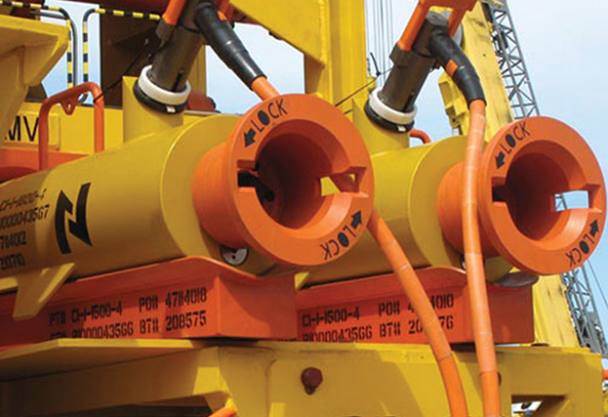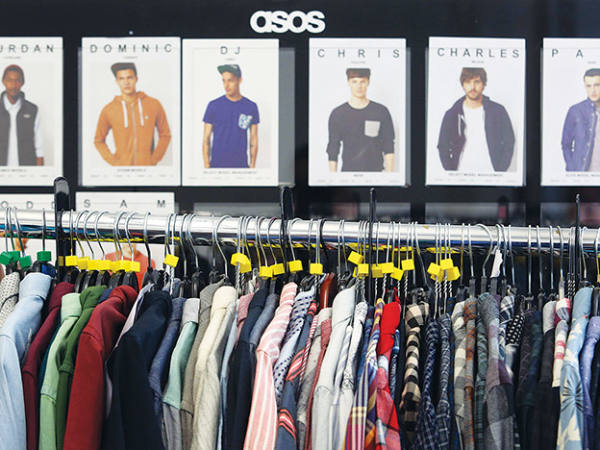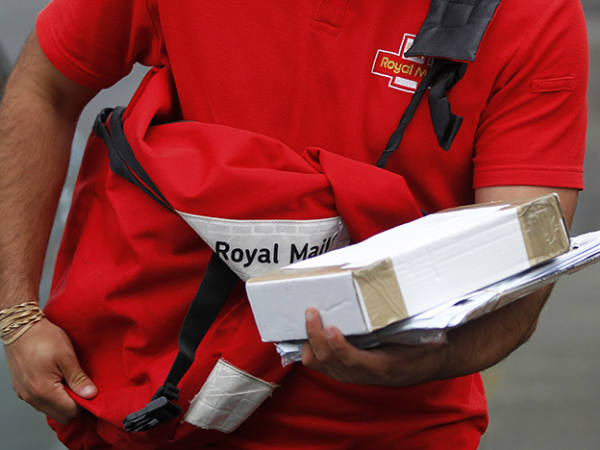If a share in an oil company is a sort of leveraged bet on crude prices, then a share in an oil services company could be viewed as a doubly leveraged bet on a price-driven rise in project activity. Of course, whenever you add too much leverage, or pile assumption on assumption, investment theses become increasingly precarious. Scan back through the past few years of the oil and gas market, and the boom-bust-recovery simply hasn’t happened for services companies, at least in aggregate.
Three years after Brent crude bottomed out below $30 a barrel, the FTSE 350 Oil Services index is pretty much at the same level. Meanwhile, and notwithstanding a recent pullback in oil prices, the group’s clients have rerated.
It’s not altogether clear that services companies will follow suit any time soon. A year ago, we cautioned that more final investment decisions for major offshore projects would be key to improving fortunes at Wood Group (WG.) and Petrofac (PFC). In the event, the real surge in activity arrived not at sea, but in mainland US. This was enormously beneficial to Hunting (HTG), whose booming sales of perforating guns and H-1 perforating systems to the onshore shale industry resulted in a sharp swing to profitability, net cash and the dividend list.
Now, the signs point to a quieter year ahead, and a reference to “the potential exhaustion of [Hunting’s] clients' drilling and completion budgets” in an October trading update is unlikely to inspire hopes of growth. Still, for all their indebtedness, negative free cash flows and sharply declining wells, Hunting’s clients in the US shale industry should not be written off. The shale industry still possesses a remarkable ability to quickly respond to movements in prices.
There’s also reason to think Hunting’s 51 per cent peak-to-trough share price fall in 2018 might be the wrong indicator in all of this. Since the summer, heavy selling from major shareholders BlackRock and Nordea are likely to have exacerbated the negative momentum. Then again, US rig counts are flatlining, which can't be great for business.
Elsewhere, there remains little clarity on the state of fraud probes involving both Petrofac and Wood, two years on from their initial disclosure. Against this, shareholders are minded against the hope that these respective swords of Damocles have simply rusted away.
Naturally, the companies will hope that’s exactly what has happened. Petrofac especially will hope that with every new contract it lands, the lingering whiff of scandal continues to dissipate. This isn’t to suggest recent wins have been insignificant; a $1.4bn refinery job in Thailand, various engineering works in Abu Dhabi and Kuwait, and even a Dutch offshore wind project have helped to keep the backlog steady at $10.2bn. But investors will be hoping for a lot more from the $15bn of tenders Petrofac is currently pitching for.
| Name | Price (p) | Market cap (£m) | 12-month change (%) | Trailing PE | Forward PE | Dividend Yield (%) | Last IC View |
| Hunting | 554.5 | 915.33 | -12.19 | 15.5 | 12.2 | 0.55 | Hold, 871p, 30 Aug 2018 |
| Petrofac | 536.6 | 1856.17 | -2.15 | 7.2 | 7.9 | 5.45 | Hold, 669p, 29 Aug 2018 |
| Wood Group (John) | 541.2 | 3688.49 | -20.78 | 11.6 | 9.8 | 4.95 | Hold, 700p, 22 Aug 2018 |








